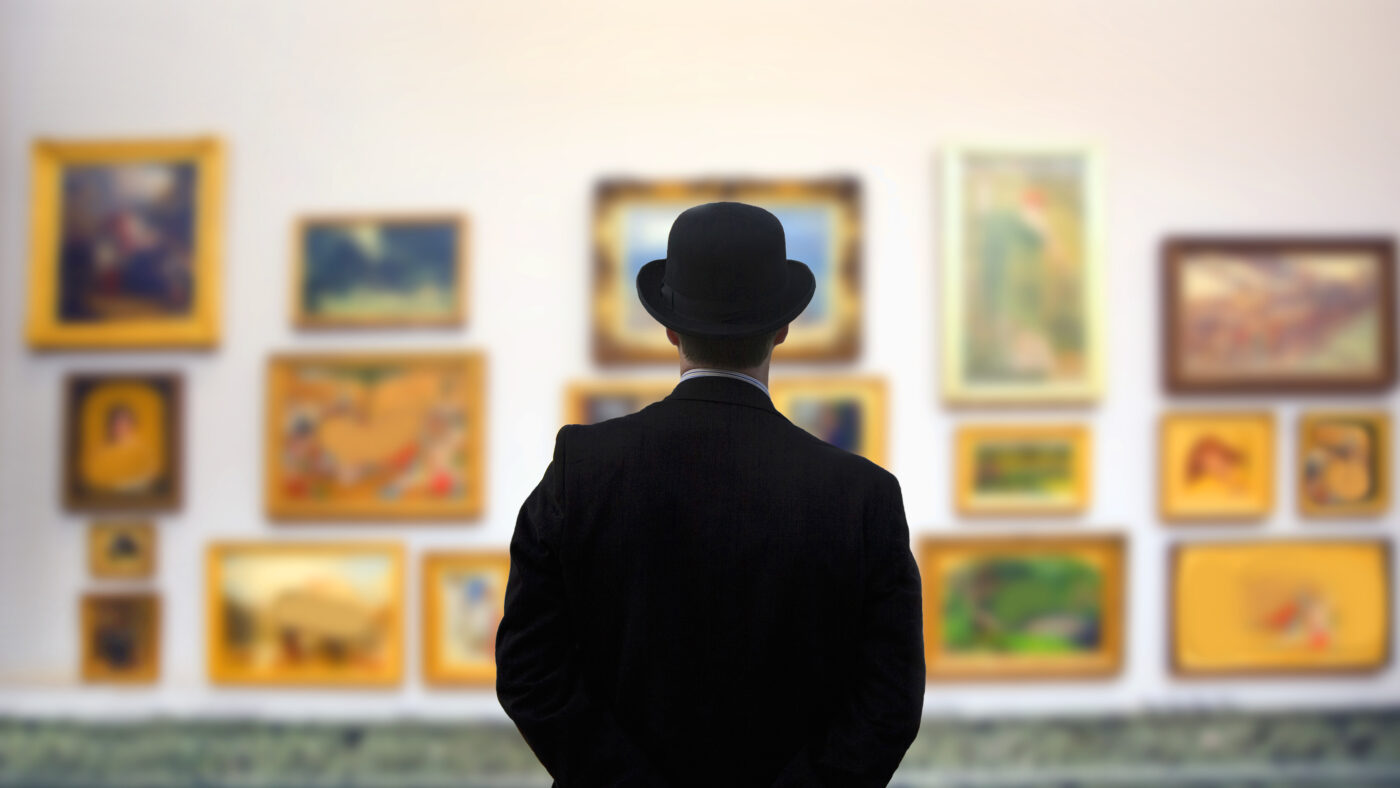I knew it before I read it. There was an inevitability that The Observer would love the Royal Academy’s new exhibition, ‘Entangled Pasts’, which reconsiders the RA’s colonial history. The paper gave it five stars, and Laura Cumming, the Observer’s art critic, called it ‘stunning’, ‘enthralling’, ‘absorbing’ and ‘highly intelligent’. Equally, I knew that Laura Freeman, writing in The Times, would be less enthusiastic, giving it two stars and describing it as an exhibition preoccupied with identity politics, and being a ‘muddle’, ‘maddening’, and ‘all over the place’. This weekend, Cumming described ‘The Time Is Always Now: Artists Reframe the Black Figure’ as ‘stunning from first to last’, whereas Freeman thought it worthy of only three stars.
Now guess what The Guardian thought of ‘Boarders’, the new BBC3 comedy drama which has as its premise five black teenagers from south London going to study in a prestigious (and predominantly white) boarding school. Throw into this that all the white characters are caricatures of posh people: boorish, racially insensitive and politically illiberal. Equally inevitably, the black characters are politically engaged, broadminded and grounded. Of course Leila Latif loved it, describing it in The Guardian as ‘fun, funny and complex’. And, as predictably, James Jackson, writing in The Times, was less gushing, pointing out how cliched the ‘braying orgy of cartoonish stereotypes’ were. Criticism is, in every sense, becoming very black and white.
One of the most unpleasant and depressing aspects of modern discourse is how everything has become dismally politicised. Tastes, viewpoints and interpretations are increasingly predictable, and are often inseparable from the wider worldview and political positions that the individual holds. If you voted to Remain, you are probably more likely to enjoy ‘Boarders’ than someone who voted for Brexit, and the same will go for the Royal Academy exhibition. It probably isn’t too much of a leap to say that if you go on a march in support of Just Stop Oil, you are unlikely to buy the latest book by JK Rowling, probably won’t find Ricky Gervais funny, and will have strong views on whether Edward Colston’s statue should have been pulled down. All these seemingly unconnected cultural touchpoints have a very strong political thread tying them together.
That may have always been the case, but it hasn’t always been true that every film watched, every book read, every magazine bought has to reflect your views back to you. Yet in the age of social media and strict moral binaries, you can’t afford the risk of saying you can both agree with something Peter Hitchens says and subscribe to The New Statesman. Our sociometric class (the respect we get from our peers) has become almost as important as socioeconomic status, and our fear of losing it, of being seen to not be aligned in every way with the group we most seek approval from, ensures that we cannot risk enjoying something that is seen to be opposed to the group’s set of values.
True, nobody has put up (or pulled down) a statue of a critic, but we undervalue their importance in a healthy, culturally rich society. What we are witnessing now, partly as a result of the culture wars, and partly because most reading is done online, is a subversion of critics’ roles, often willingly done by the critics themselves who fear offending a news outlet’s readership. What Observer reader wants to read a critical encomium of Nigel Biggar’s ‘Colonialism’? Why would a Daily Telegraph reader want to read anything other than a five star review of the same book?
When a critic is genuinely conflicted, they now have to frame their review in an endless series of caveats that ensure that their own sociometric class (and click rate) is not compromised by their evaluation. Take Laura Snapes’ review of Róisín Murphy’s ‘Hit Parade’. Murphy is a brilliant, original artist, but she made global headlines in 2023 for criticising puberty blockers being given to ‘vulnerable kids’ who ‘need to be protected’. Snapes clearly loved the album, and admitted to playing it ‘obsessively’, but you can probably guess why a Guardian journalist would have to explain why, despite the music being brilliant, she ‘totally disagrees with Murphy’s views’ and understands why, for many fans, the album is ‘DOA’?
It is, perhaps, an old debate, familiar to all those who remember Tom Paulin referring to ‘the sewer under the national monument [Philip] Larkin became’. Art has always been contextualised, by artist, critic and audience alike. What is different now is that artistic value has been, to paraphrase Larkin, pushed to the side of its life – there is now a new, predictable and inflexible set of standards applied to determine whether we can allow ourselves to enjoy it. Art, of whatever period, and regardless of the artist’s original intentions, has been dragged into the culture wars.
Whereas we might have once hoped the critics would help us understand its intrinsic and timeless value, seeking to heighten our appreciation through their own expertise, too often we see them now doing the opposite: reducing everything to a predictable collection of imported political positions, playing to the groundlings, and in the process giving their audiences what they want, not what they need.
Click here to subscribe to our daily briefing – the best pieces from CapX and across the web.
CapX depends on the generosity of its readers. If you value what we do, please consider making a donation.


